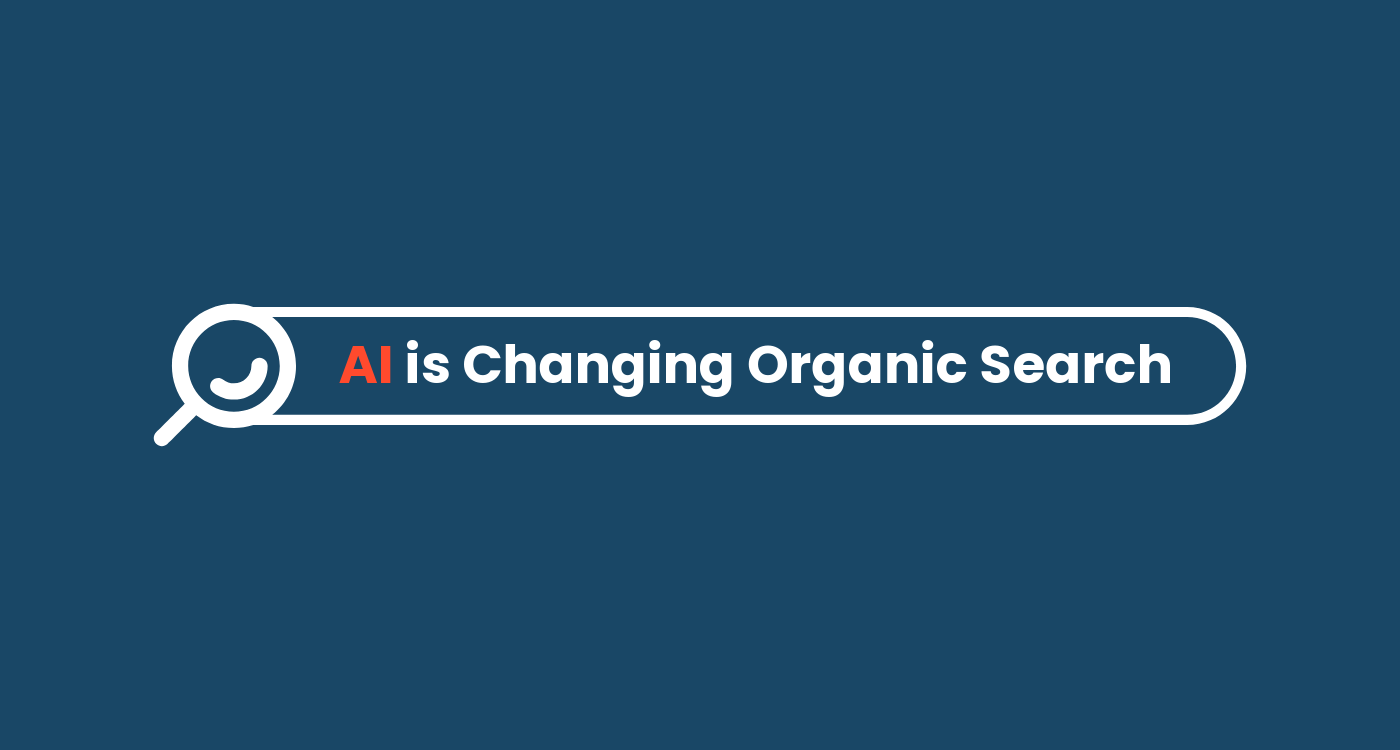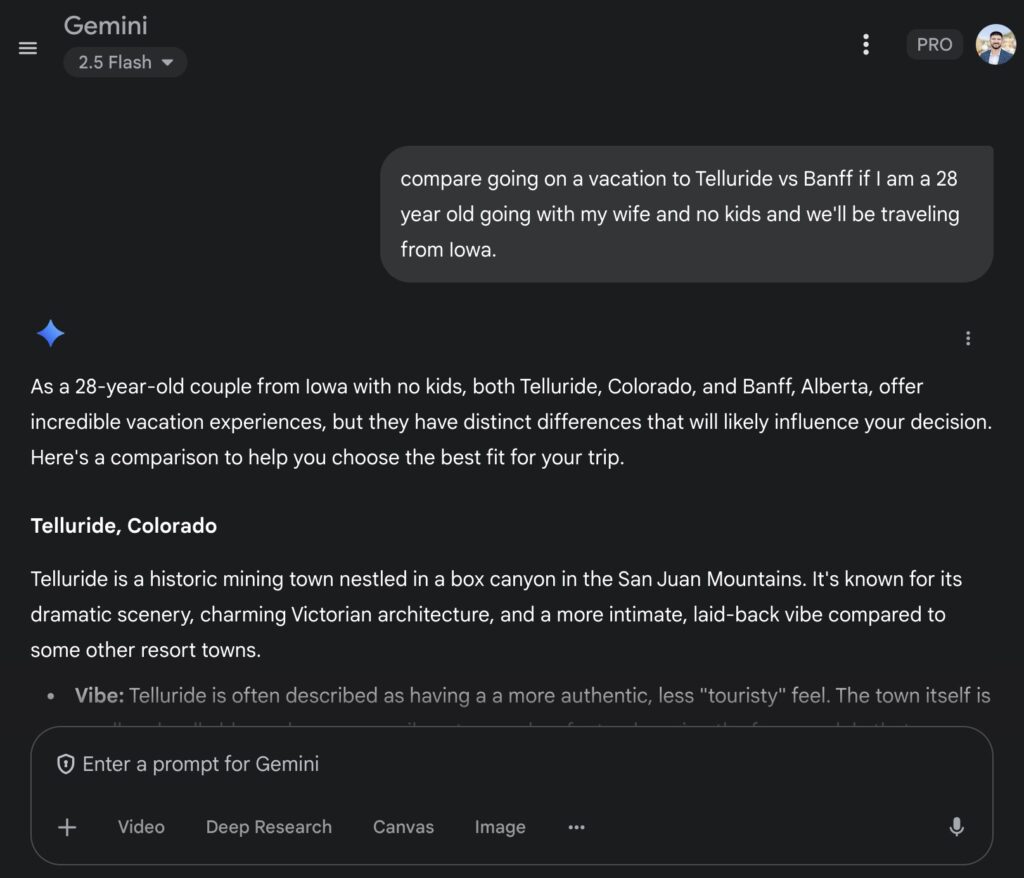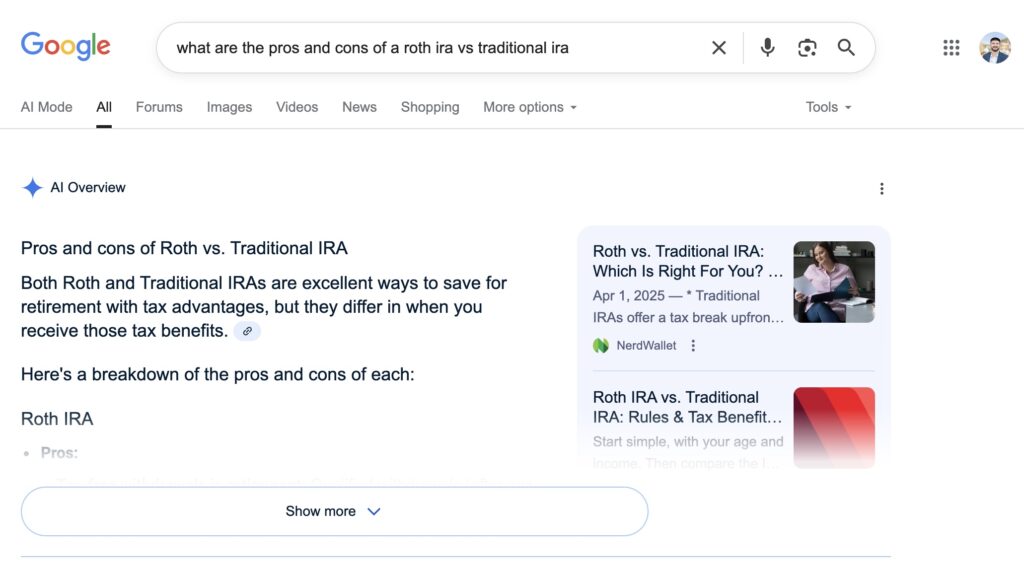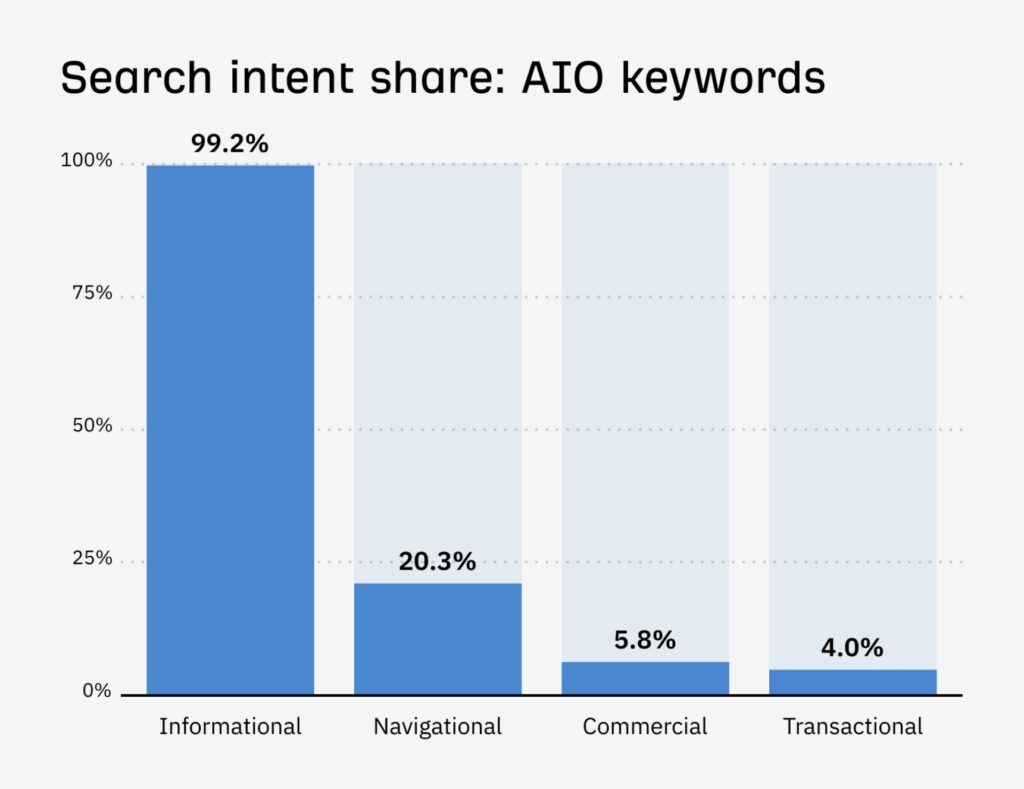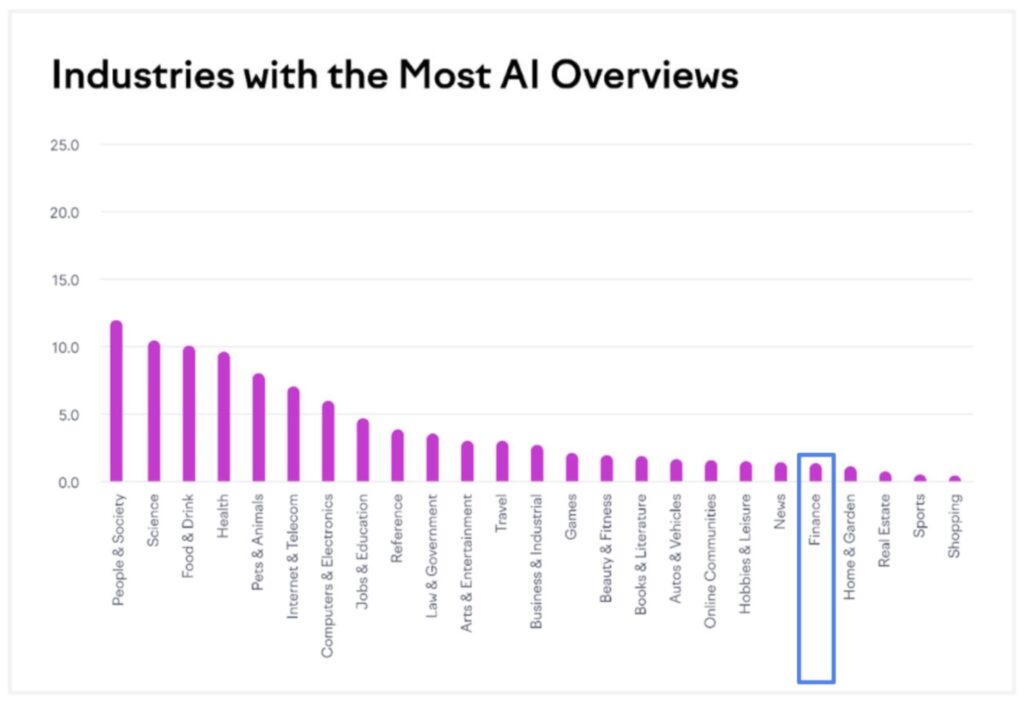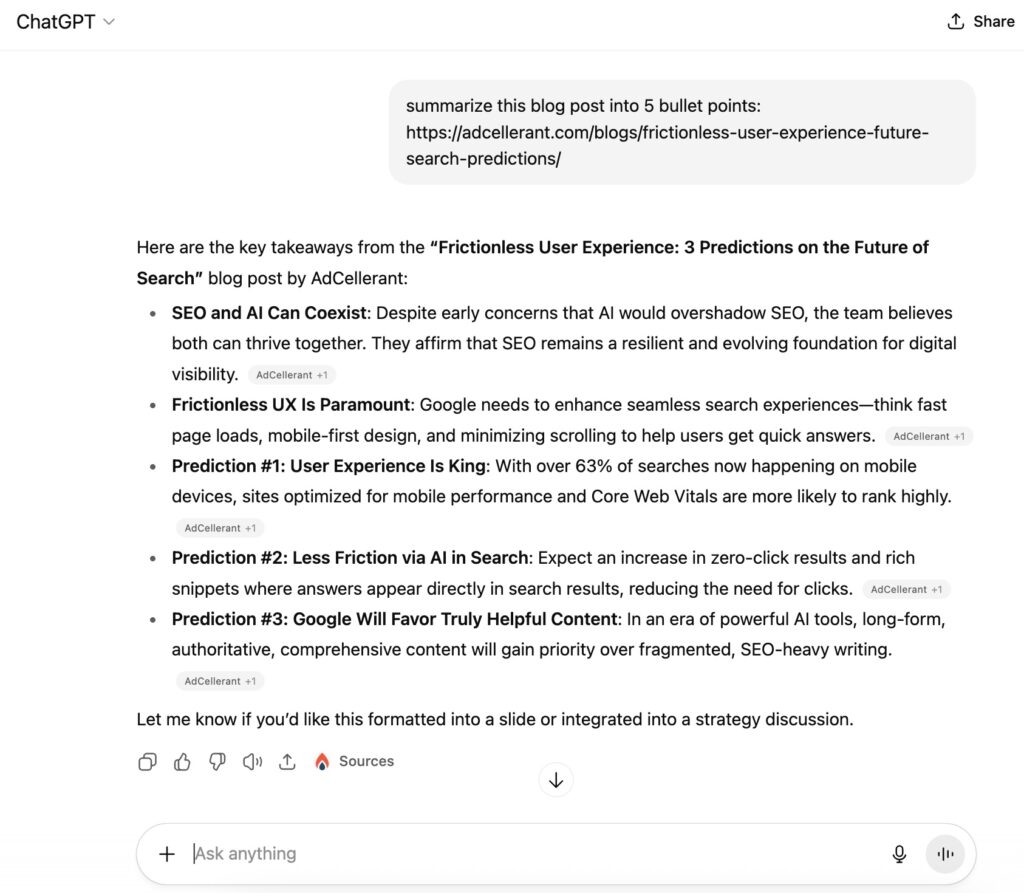Artificial intelligence is making its way into every aspect of business, and the search space is up for some significant changes as a result. From the public release of ChatGPT in late 2022 to the full launch of Google’s AI Overviews in mid-2024, the landscape has shifted so much that search engine optimization (SEO) is now being referred to as “Search Everywhere Optimization.” This piece unpacks the most impactful changes, their effect on businesses, and how AdCellerant recommends altering your digital approach.
Google’s Recent Evolution with AI
Enter Gemini: Google’s Large Language Model (LLM)
Gemini is Google’s flagship LLM and the engine behind AI Overviews, AI Mode, and Google’s standalone chatbot experience. First launched in 2023 as a rebrand of “Bard,” Gemini has evolved into an assistant across the Google ecosystem. Gemini is now embedded into Google Search through AI Overviews and AI Mode, accessible as a standalone chatbot, and integrated across the Google suite (Gmail, Docs, YouTube, etc.). People use Gemini every day to:
- Summarize articles, emails, or meeting notes.
- Draft marketing copy, lesson plans, or blog outlines.
- Plan vacations, compare restaurants, or find the best flights.
Below is an example of what their standalone chatbot experience looks like. You’ll notice it’s a similar experience to ChatGPT if you’re familiar with their interface:
Where do Google’s AI Overviews play a role?
AI Overviews are Google’s way of quickly answering searches. This is, in part, an attempt by Google to compete with AI engines like the ChatGPTs of the world. Searches that receive an AI Overview answer are often Informational searches, such as “What are the pros and cons of a Roth IRA?” We are seeing (and expecting) lower click-through rates for more trivial searches like this as a result.
AI Overviews are primarily triggered by Informational searches, where users seek a quick answer to a question. Below is a breakdown of how AI Overviews are impacting types of searches based on a Search Engine Land study. We used finance terms in this case as examples below.
- Informational. Learn something or get an answer to a question like: “What’s an FHA loan?”.
- Navigational. Find a specific website or page (e.g., “E*Trade”).
- Commercial. Research products or services before deciding “Who is the best financial advisor in Des Moines?”
- Transactional. Ready to take action, like searching “buy Tesla stock.”
What may surprise some people is that AI Overviews are not impacting many searches. In fact, for the small and medium-sized businesses AdCellerant serves, AI Overviews disrupt search results significantly less than what’s often perceived. For an industry like finance, only ~1% of Google searches were impacted by AI Overviews according to the same Search Engine Land study.
What is Google’s AI Mode?
AI Mode is Google’s latest step in reshaping how people search. Instead of giving you a list of links, it delivers a full-screen AI experience powered by Gemini. Users see a detailed response front and center with links that they can click if they want to do additional research.
AI Mode feels less like using a search engine and more like having a real-time conversation with a person. It’s like walking into a big store and being handed exactly what you need, rather than browsing through a bunch of aisles. This shift is designed to reduce friction and increase user satisfaction, especially for complex searches.
While it’s still in testing through Google’s Search Labs, AI Mode is rolling out to an increasing number of users who opt in. Right now, it’s primarily triggering Informational searches like “What’s a brokerage account?” But we’re already seeing early signs that it’s creeping into commercial and transactional queries too.
That’s where things start to matter more for small and medium-sized businesses. As these answers take up more real estate on the screen, they can reduce visibility to traditional organic listings and lower click-through rates.
To stay competitive, brands will need to keep doubling down on what works. That means writing genuinely helpful content, showcasing unique insights and expertise, and ensuring their authority is well-established both locally and topically.
Google believes the future of search is conversational. AI Mode is one of the most significant steps in that direction so far.
Google Search is Alive and Well
While platforms like ChatGPT and other AI tools are gaining traction, it’s essential to recognize that Google continues to grow. The search landscape hasn’t shifted away from Google; it has expanded and diversified.
According to Google, people now conduct over 5 trillion searches each year. That number continues to rise as advancements in AI make it possible for users to ask more complex questions than ever. History will tell us that these advancements in search infrastructure occur every ~5 years, resulting in required advancements in search tactics.
Rather than being replaced, traditional search is evolving. Google remains at the center of that evolution. With tools that we discussed, like Gemini, AI Overviews, and AI Mode, Google is actively shaping how users search and how businesses appear in those results.
The bottom line is that search volume is increasing, and Google continues to be near the front of that growth.
How is AI changing organic search strategies?
AI Overviews, AI Mode, and Gemini are all changing how Google delivers answers. For businesses, the key takeaway isn’t to abandon Google, but to evolve with it. Search results are becoming more visual, more structured, and more AI-assisted. That means brands need to elevate their organic search tactics that incorporate schema markup, real-time updates, FAQs, multimedia content, and helpful long-form resources to gain an edge. While these aren’t new SEO tactics, integrating slightly more advanced maneuvers into an SEO strategy is necessary.
ChatGPT and Other AI Search Tools
ChatGPT
While Google is often embedding AI into traditional search, tools like ChatGPT and Claude are reshaping how users find information outside the search engine altogether.
Since its public release in November 2022, OpenAI reports over 180 million active users on ChatGPT. This includes hundreds of millions of prompts issued daily across both free and paid versions. What started as a tool for quick questions and creative writing has evolved into a full-blown research assistant, content strategist, and decision-making aid.
Users are turning to ChatGPT in similar ways to Gemini’s stand-alone chatbot, such as:
- Summarize news or technical content.
- Write emails, reports, and ad copy.
- Generate ideas for business, content, or social strategy.
- Quickly compare services or solutions.
ChatGPT is sticky for users because it remembers context from previous conversations and feels less transactional than traditional search. It’s not just steering you towards information; it’s providing and, in some cases, creating it from scratch. More users are turning to AI tools like ChatGPT to answer questions they used to ask Google and other traditional search engines. That means search intent is fragmenting. If you’re only thinking about Google rankings, you may be missing a growing segment of your audience.
Other AI Search Tools Gaining Ground
While ChatGPT is leading the pack, it’s not alone. New players are emerging every month. A few to keep an eye on:
- Grok (X.ai). Elon Musk’s AI assistant is integrated directly into the X (formerly Twitter) platform. It’s designed to offer real-time, snarky, personality-driven responses—often pulling from the live X feed for answers. It’s less about deep research and more about speed and culture-savvy replies.
- Perplexity AI. One of the most search-focused alternatives to ChatGPT, Perplexity blends real-time results with AI-generated summaries. Think of it as a hybrid between Google and ChatGPT. Students, marketers, and journalists are already using it for fast, cited information.
- Claude (Anthropic). Known for being a “safer” LLM with fewer hallucinations, Claude is being adopted by teams in legal, education, and government sectors. Its longer context window and cleaner summarizations are helping it gain traction for technical use cases.
- Midjourney. For visual search and creation, while not a traditional search engine, Midjourney is reshaping what visual discovery looks like. Brands are beginning to use it for brainstorming, product ideation, and even prototyping ad concepts.
Why These Changes in Search Matter
Search is no longer limited to traditional engines. ChatGPT, Perplexity, and other AI tools are changing how people look for answers, favoring conversational, context-rich interactions over simple keyword queries. At the same time, Google is evolving alongside them, continuing to grow by adapting AI into its results.
This shift means the content you create can’t just be optimized for crawling and indexing. It needs to be understood. Large Language Models (LLMs) are now key players in the search experience, and they interpret information differently than search engine bots.
The question every brand should be asking is: Is your content ready to be interpreted by AI, not just indexed by Google?
Search Is Growing and Evolving
One of the most critical takeaways from this entire conversation is that every tool we’ve talked about so far is growing. While ChatGPT and other AI tools are seeing explosive growth, Google is growing too.
These tools aren’t replacing each other; they’re just giving people more ways to search. AI has opened the door for longer, more complex, and more frequent searches across multiple platforms. So instead of a total shift with users moving solely to another platform, we’re seeing overall search behavior evolve.
What this means for businesses is simple: don’t assume your audience is only on Google. They’re using ChatGPT, asking Siri, and even testing Perplexity or other AI tools. That means visibility matters across the board. Wherever people are asking questions, you want to be part of the answer.
How to Alter Your Digital Approach Moving Forward
AI is transforming how people discover businesses. Whether it’s Google’s AI Mode, ChatGPT, or tools like Perplexity, we’re no longer just optimizing for blue links. We’re optimizing for summaries, answers, and visibility in spaces where traditional SEO signals still matter, but they’re being interpreted differently.
Our digital approach has to evolve. At AdCellerant, we’re focused on strategies that still drive results today and position clients for the future of search.
On-site Optimization
Your website is still your most important digital asset. However, it now needs to be understood by real users and AI systems scanning the web. Our recommendations include:
- Implementing structured data using schema markup to help AI tools understand your content and services.
- Adding clear authorship, real photos, FAQs, and contextual cues that demonstrate trust and credibility.
- Making sure your content is crawlable by AI bots like GPTBot and PerplexityBot. If needed, update your robots.txt file or use LLMs.txt to guide how AI models interact with your site.
- Prioritizing local business information and embedded maps on your website to make it crystal clear where you are located and what you do to serve your customers.
These steps aren’t just technical; they are foundational for long-term visibility across all platforms.
Content Strategy
Content is no longer just about ranking. It’s about being referenced, summarized, and shared in AI answers.
- Use AI embeddings through tools like Screaming Frog to visualize semantically similar content clusters. Identifying duplicate or overlapping topic clusters offers insight into how content hubs can be differentiated to provide better value.
- Write from experience. Demonstrate expertise with testimonials, case studies, real stats, or local relevance.
- Repurpose strong content into multiple formats. Audio clips, podcasts, infographics, and press releases all increase visibility in different search and AI surfaces.
- Use tools like SurferSEO and Grammarly to audit content quality and prevent “AI detection” flags that may reduce trust or performance. Particularly, you want to avoid tools detecting high percentages of AI assistance in your writing.
Brand-Led Focus
As AI tools look across the entire web to build answers (again, think search everywhere optimization), your brand presence needs to be consistent and clear.
- Think beyond your website. Your Google Business Profile, social channels, YouTube, directories, and even public relations mentions all contribute to how you show up.
- Stay active where people research. Search, social, review platforms, and video all influence how AI tools reference your business.
- Treat your website as the hub and every other channel as spokes that reinforce your reputation.
Link Acquisition
Links still matter. They’re a signal of authority and relevance across both traditional search and AI engines.
- Create content worth linking to. Original research, infographics, or long-form guides.
- Build partnerships or contribute to local publications. These earn you high-authority backlinks that matter even more in a semantic search environment.
- Invest in digital public relations to get mentioned by trustworthy sources and to shape how your business is described across the web.
Navigate Organic Search with AdCellerant
The organic search landscape is undergoing another wave of evolution, necessitating that SEOs and organic search strategies adopt advanced tactics as standard. This cyclical evolution ensures a competitive landscape where consistent and effective methods are recognized in the SERPs (no matter how different they become). Adopting these strategies and closely integrating them with audacious business objectives will keep you ahead of the crowd.
Our advice? Talk with your SEO team about where to get started.
